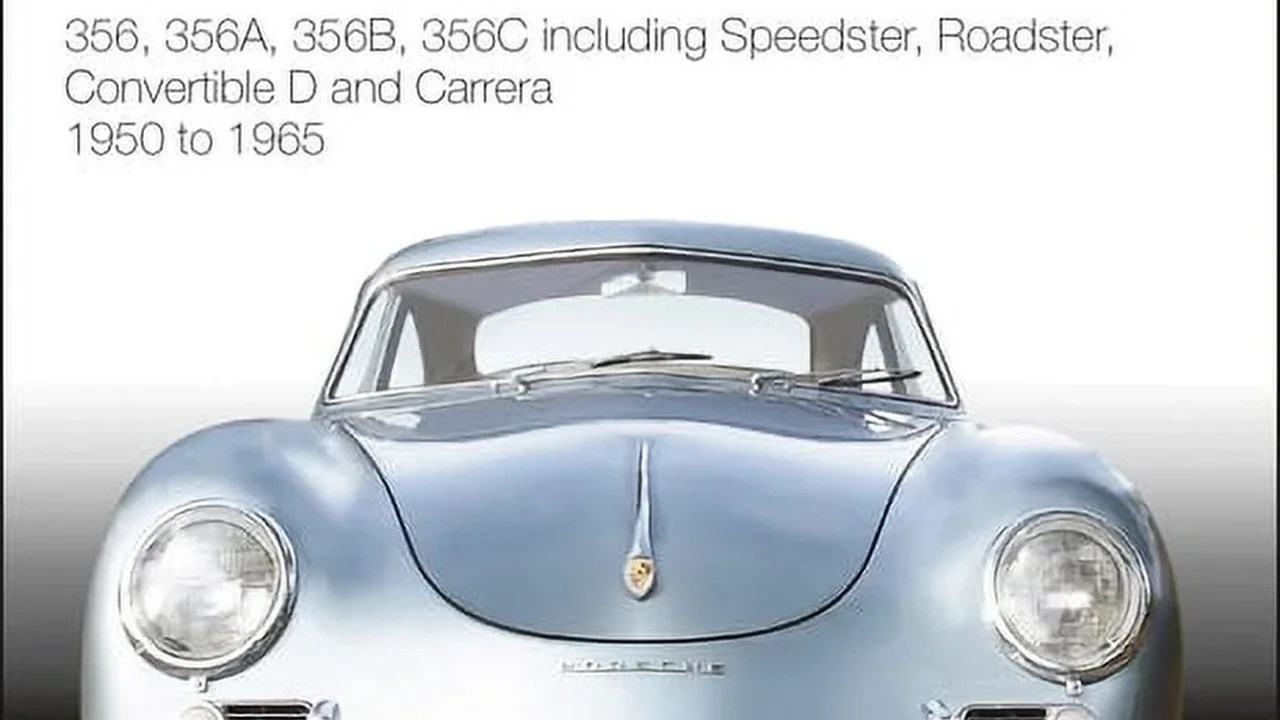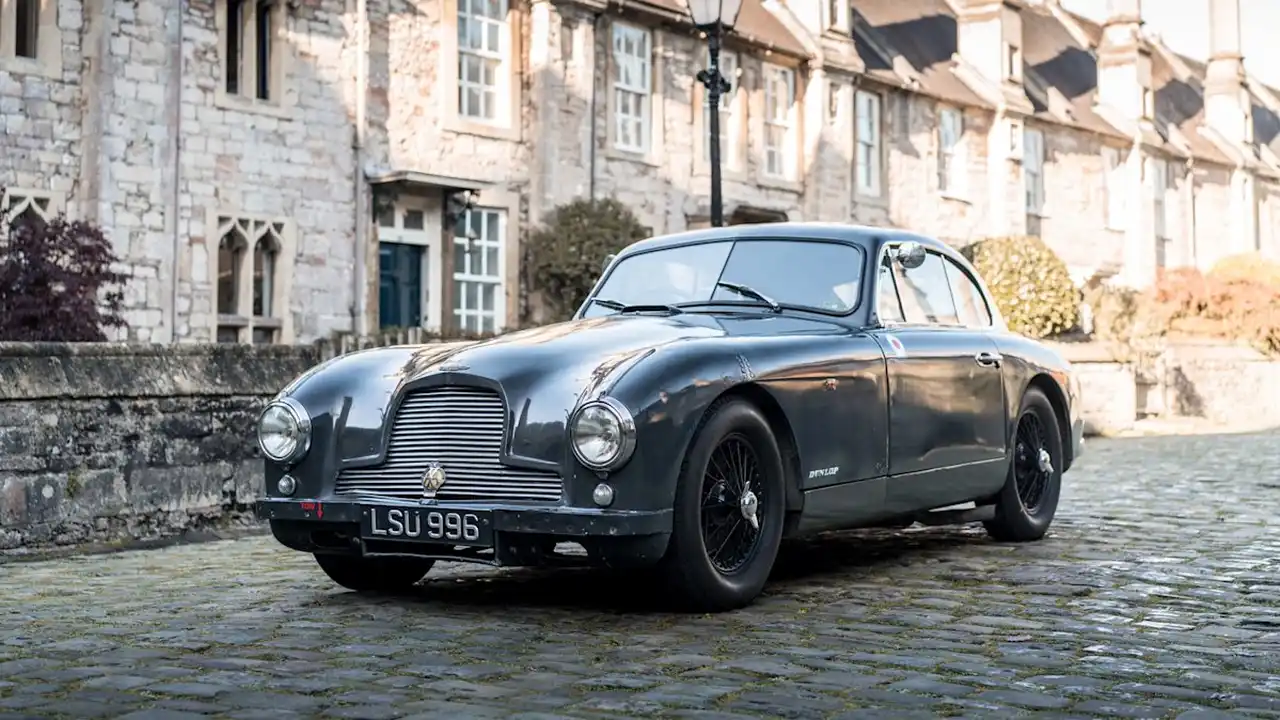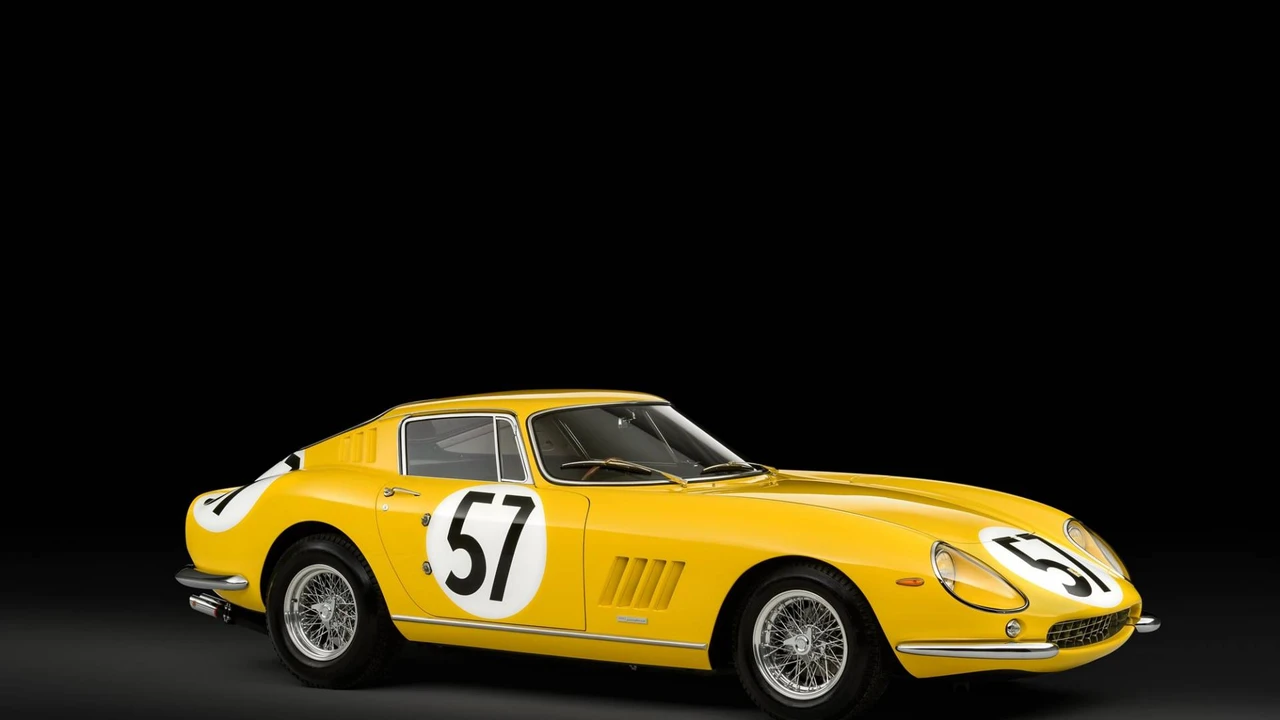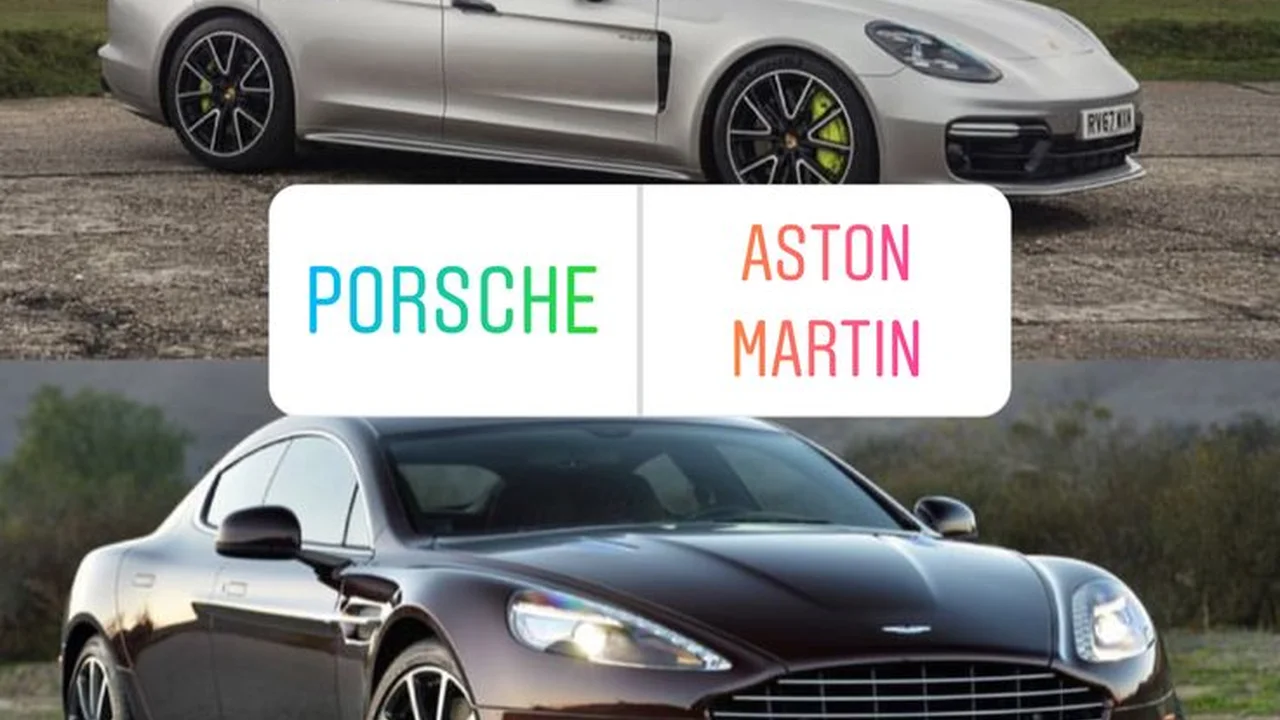Porsche 911 vs Porsche 356 Which Classic Icon is Better
A detailed comparison of the Porsche 911 and Porsche 356. Analyze their design, performance, and historical significance to determine which is superior.
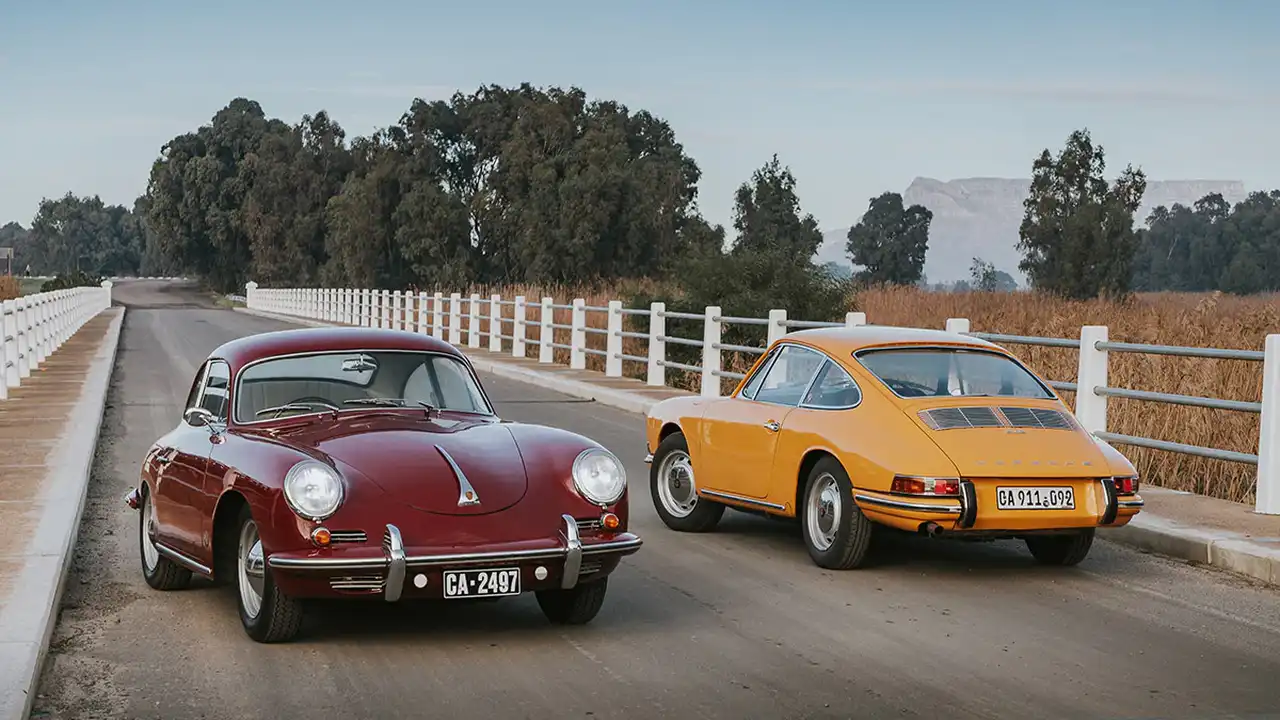
Porsche 911 vs 356 Classic Design Comparison
Okay, let's dive into the looks, shall we? The Porsche 356, think of it as the cute grandpa of the 911. It's got that adorable, rounded shape, almost like a beetle, but way cooler. Its curves are gentle, and it just screams 'old-school charm.' Think vintage sunglasses and a leather jacket. The 911, on the other hand, evolved from that, but it's got more muscle. The lines are sharper, the stance is more aggressive, and it's instantly recognizable even from a mile away. It's like the 356 went to the gym and got a serious upgrade. Consider the iconic sloping roofline, a hallmark of the 911 that the 356 hints at but doesn't quite nail with the same panache. Material-wise, both cars were built with quality in mind, but the 911 generally features more modern (for their respective eras) materials inside and out. For example, later 911 models incorporated more aluminum and lightweight components.
Porsche 911 vs 356 Performance and Handling
Now, let's talk about what really matters: how they drive! The 356, especially the earlier models, isn't going to win any drag races. It's got a small, air-cooled engine that's all about smooth cruising and enjoying the scenery. It's more about the journey than the destination. The handling is... well, let's just say it requires some skill. It can be a bit tail-happy if you're not careful, but that's part of the fun, right? Think of it as a dance partner that needs a gentle hand.
The 911, though, that's a different beast. Even the early 911s have a noticeable power advantage. They're quicker, more responsive, and the handling is sharper. The 911 feels more planted and confident in the corners. Later 911s with advancements like turbocharging and all-wheel-drive completely blow the 356 out of the water in terms of performance, but that's not really a fair comparison. We're talking about different eras here.
Specific examples? A Porsche 356C might have around 75 horsepower, while an early 911S could boast upwards of 160 horsepower. That's a significant difference you'll feel on the road. The 911's independent rear suspension also offered a marked improvement over the 356's swing-axle setup, resulting in more predictable handling.
Porsche 911 vs 356 Historical Significance and Collectibility
Okay, history buffs, this is for you. The 356 is the OG Porsche. It's the car that started it all. It's got that pioneering spirit and represents the very beginning of the Porsche legend. That makes it super desirable to collectors. Think of it as the Model T of Porsche. It represents the genesis of the brand.
The 911, on the other hand, is the car that cemented Porsche's reputation as a performance icon. It's been in production for over 50 years, and it's constantly evolving. It's a symbol of German engineering and a testament to Porsche's dedication to innovation. It's not just a car; it's a cultural icon. Both are incredibly collectible, but for different reasons. The 356 for its rarity and historical importance, the 911 for its enduring legacy and performance pedigree.
Consider the limited-production variants of each model. A 356 Carrera or a 911 Carrera RS are prime examples of historically significant and highly sought-after versions that command top dollar in the collector market.
Porsche 911 vs 356 Ownership Experience and Maintenance
Let's get practical. Owning a classic Porsche is awesome, but it's not always a walk in the park. Both the 356 and the 911 require regular maintenance, and parts can be expensive and hard to find, especially for earlier models. The 356, being older, might require more specialized knowledge and care. Finding a mechanic who knows these cars inside and out is crucial.
The 911, being more modern (relatively speaking), is generally easier to maintain. Parts are more readily available, and there are more mechanics familiar with them. However, don't expect it to be cheap. It's still a Porsche, after all!
For example, a simple oil change on a 356 might require specific vintage-correct oil and a mechanic who understands the quirks of the air-cooled engine. A 911 oil change, while still requiring specific Porsche-approved oil, is generally a more straightforward process. Expect to budget more for specialized labor and potentially longer lead times for parts when owning a 356.
Porsche 911 vs 356 Investment Potential and Market Value
Thinking about making some money? Both the 356 and the 911 have proven to be excellent investments over the years. Their values have steadily increased, and they're likely to continue to do so. However, like any investment, there are risks involved. Market trends can change, and the condition of the car plays a huge role in its value.
Generally, the 356 commands a higher price tag than comparable 911s, especially the rare and well-preserved examples. But certain 911 models, like the early 911S or the Carrera RS, can fetch astronomical prices. Do your research, consult with experts, and buy the best example you can afford.
Currently (as of late 2023), a decent 356 can range from $50,000 to well over $200,000 depending on the model and condition. Early 911s can range from $40,000 to upwards of $300,000 or more for rare examples. Condition, provenance, and originality are key factors driving these values.
Classic Porsche Product Recommendations and Usage Scenarios
So, you're ready to jump in? Here are a few product recommendations to get you started, depending on your budget and intended use:
- For the weekend cruiser (Porsche 356B): The 356B is a great entry point into classic Porsche ownership. It's relatively affordable, reliable, and perfect for Sunday drives.
- Product Recommendation: A set of Vredestein Sprint Classic tires. These tires offer excellent grip and a classic look. Price: ~$200 per tire.
- Usage Scenario: Weekend drives on scenic country roads.
- For the spirited driver (Porsche 911S - Early 70s): The early 911S is a performance icon. It's quick, agile, and a blast to drive on twisty roads.
- Product Recommendation: Bilstein shocks. These shocks will improve handling and provide a more comfortable ride. Price: ~$1,000 for a set.
- Usage Scenario: Track days and canyon carving.
- For the collector (Porsche 356 Carrera): If you're looking for a rare and valuable investment, the 356 Carrera is the holy grail.
- Product Recommendation: A climate-controlled garage. Protecting your investment is crucial. Price: Varies greatly depending on location and features.
- Usage Scenario: Preservation and occasional display at classic car shows.
- For the restorer (Porsche 911 - Long Hood): A project car is a great way to get hands-on with a classic.
- Product Recommendation: A comprehensive Porsche parts catalog from Stoddard. Price: ~$50.
- Usage Scenario: A long-term restoration project.
Porsche 911 vs 356 Final Thoughts and Considerations
Ultimately, the choice between a Porsche 911 and a Porsche 356 comes down to personal preference. Do you want the charm and historical significance of the 356, or the performance and iconic status of the 911? Both are incredible cars that offer a unique driving experience. Drive both if you can, do your research, and choose the one that speaks to you. Happy motoring!
:max_bytes(150000):strip_icc()/277019-baked-pork-chops-with-cream-of-mushroom-soup-DDMFS-beauty-4x3-BG-7505-5762b731cf30447d9cbbbbbf387beafa.jpg)



